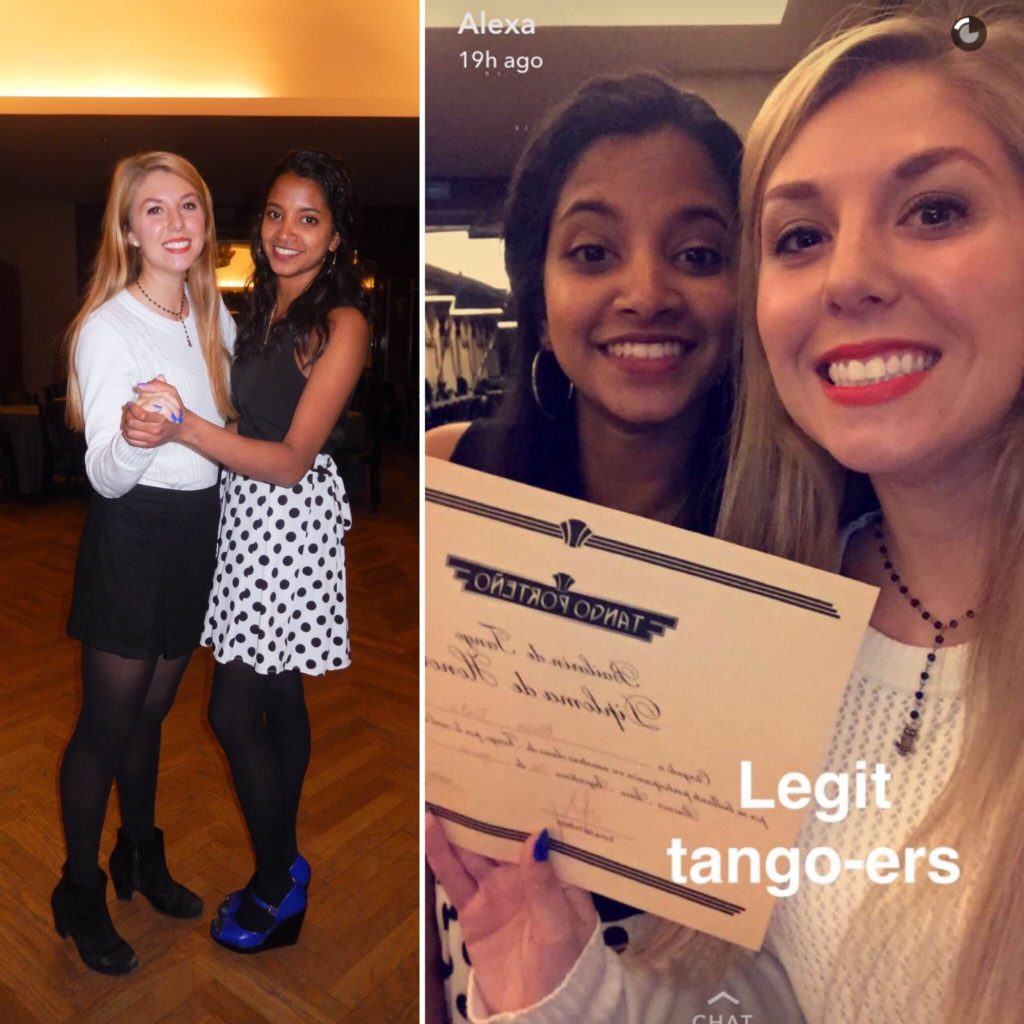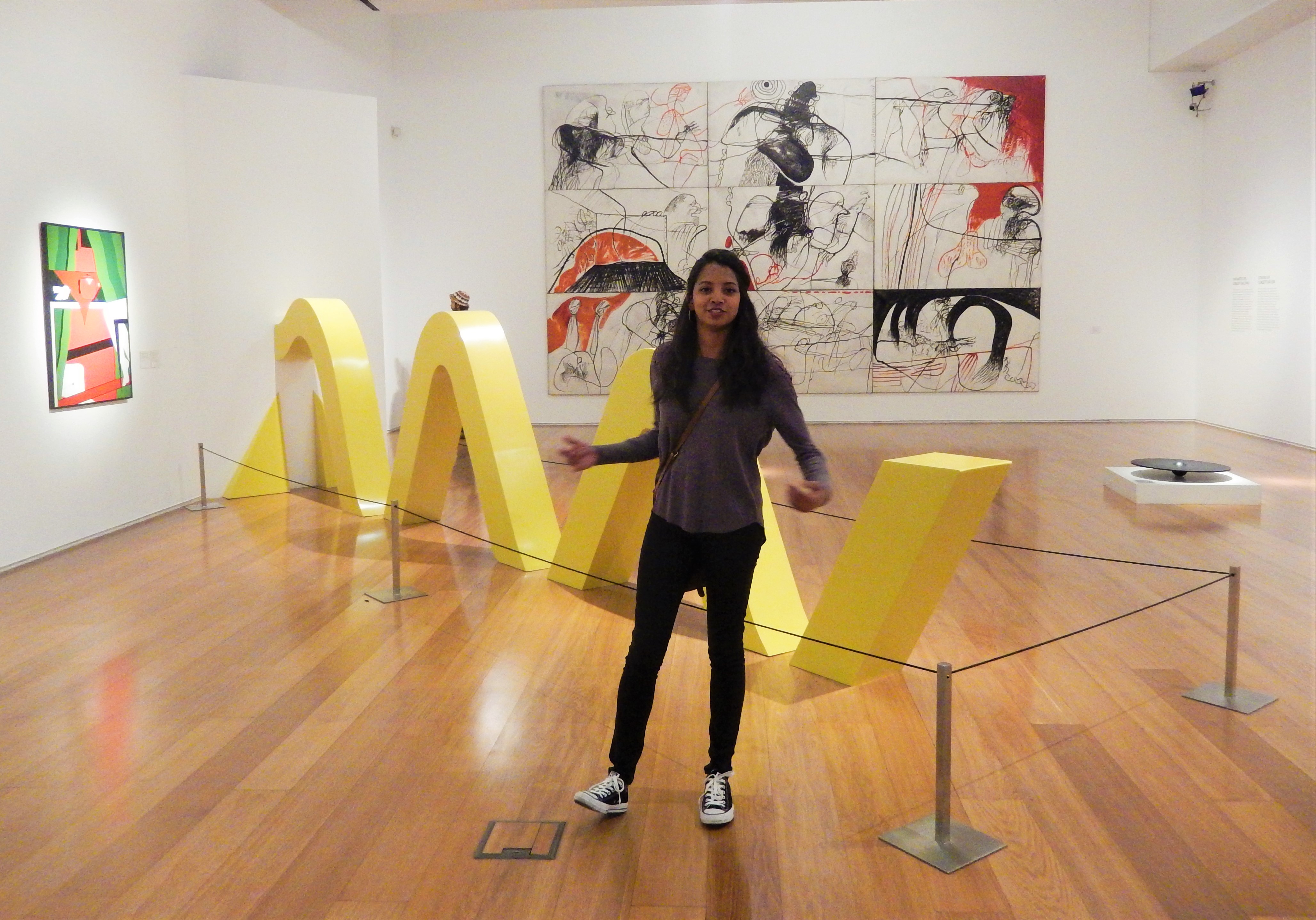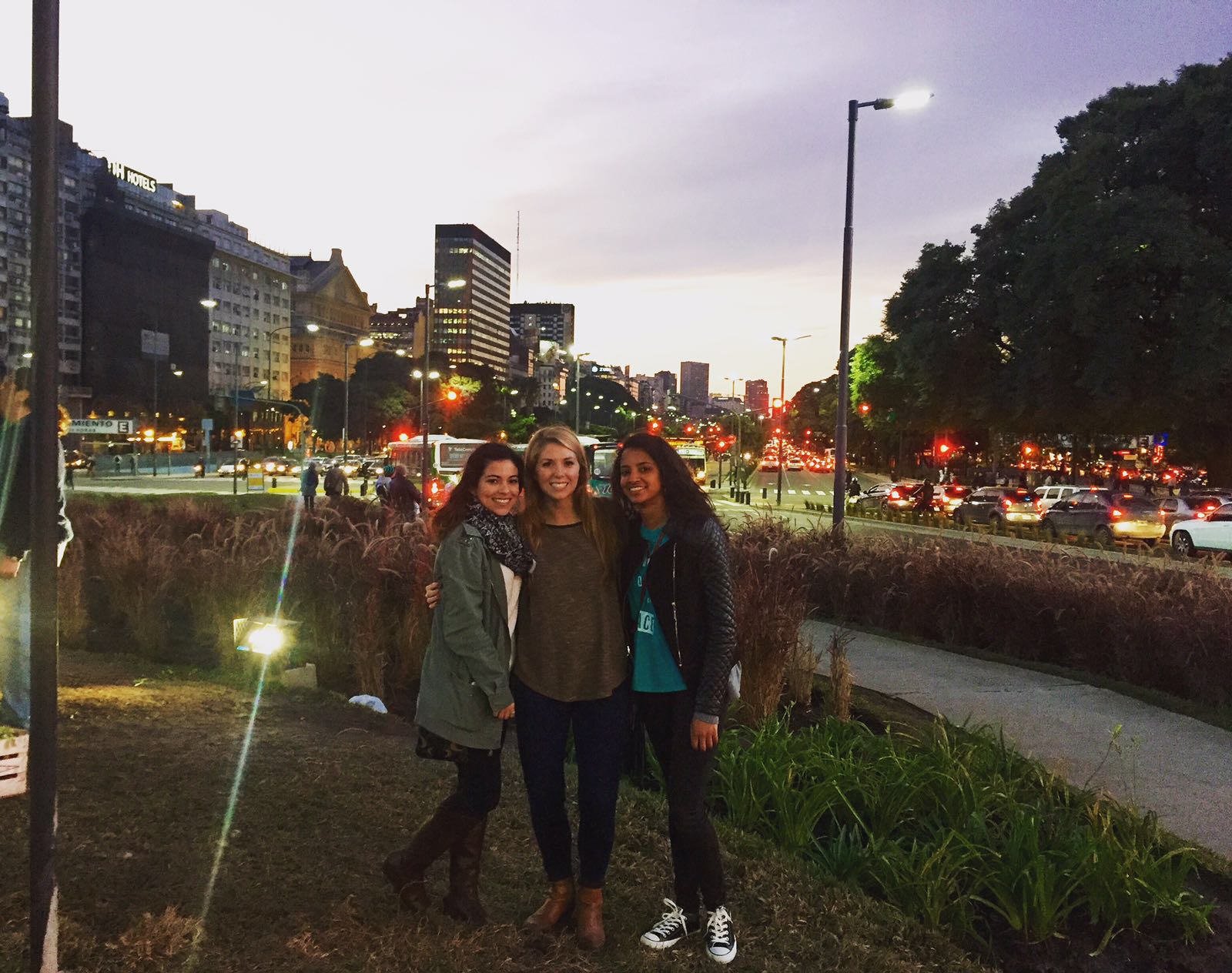In terms of my studies at the Goethe Institut, the past two weeks have been my best so far, which is perhaps why I have not posted in a while. I am now in an A2.2 course, which means—according to the Common European Framework of Reference for Langauges that Goethe Institut follows—that I am an advanced beginner. If my first month here was about getting my footing in a language I had studied but not had much practice speaking, the second month so far has been about consolidating what I’ve learned into a more well rounded set of skills. I’ve really appreciated the encouragement of the new instructor I had for the first two weeks of this course, who constantly reminded us that our classroom study will mean nothing if we do not also seek out contact with Muttersprachler, native speakers. This was a helpful nudge at a point in the summer when it would be easy to fall into the basic routines I’ve established and not push myself further. So I’ve continued to initiate conversations and try to throw myself into the daily situations I encounter. My favorite moment from the past two weeks was when an older German woman waiting at the light rail station with me asked what train I was waiting for, which led to a longer conversation about what I was in Germany. We were in fact waiting for the same train, and it was a delight to talk with her during our ride.
Besides continuing to practice speaking, I’ve sensed a significant improvement in my ability to write German during the past two weeks, something we did not practice much in my first course. As an English PhD student, it is especially satisfying to begin learning how to express myself in writing. As opposed to the improvisational nature of conversation, writing allows for time to think carefully about how to say something, and polish what you’ve written. For a language like German that has many moving pieces that all need to correspond to make a guten deutschen sentence, having a little extra time to think is especially helpful. Whether writing a paragraph about a topic in class, or composing simple emails to the German people I’m in contact with, being able to step back and look at what I’ve written, tangible evidence of my learning, has been an encouraging experience during my second course at Goethe Institut.
With only two weeks of coursework left I am hoping to finish well by putting as much effort as I can into my remaining classes. While I am reading and comprehending more German than I have all summer, I need to give more intentional time to translating academic texts that Goethe Institut has not exposed me too. When I get back to Notre Dame this fall I will be taking an “German for Advanced Research” course, so returning my attention more explicitly back to translation work will help me to transition from the more practical focus I’ve had in Germany this summer. Even though my time here has been wonderful, I’m starting to look forward to heading home in a few weeks.



